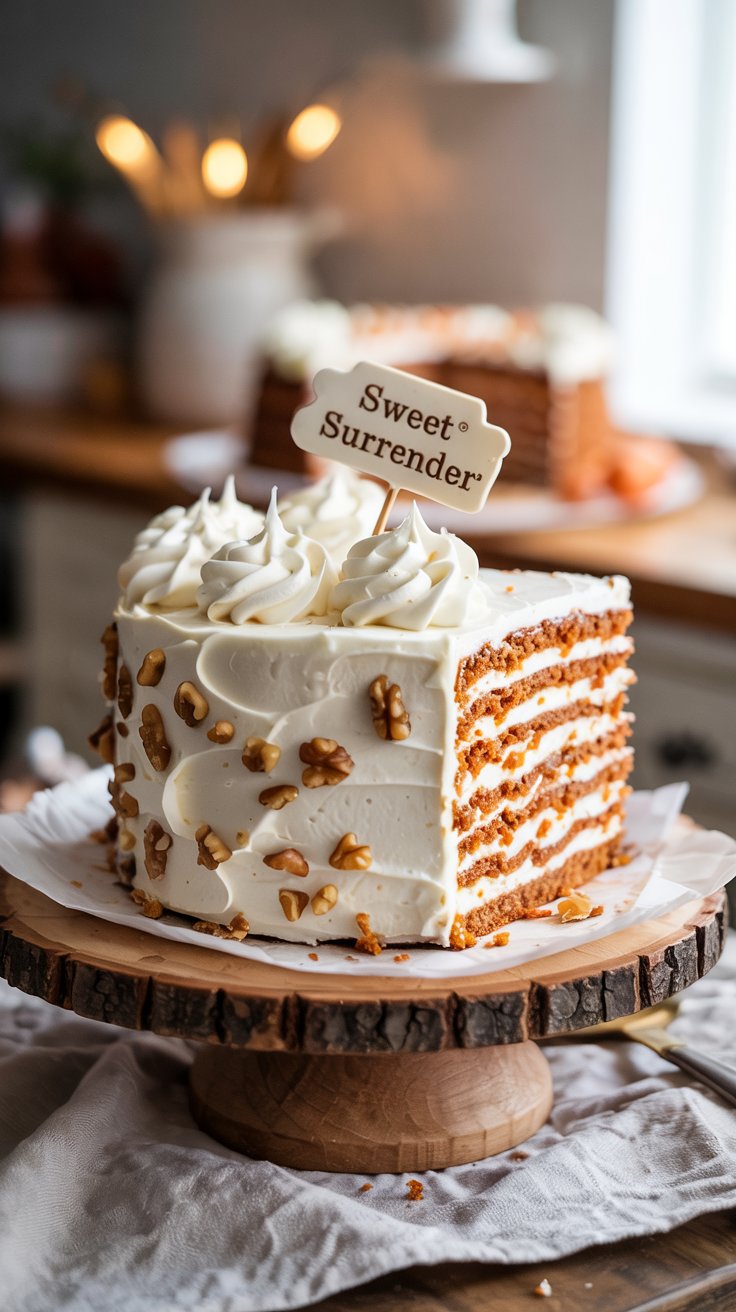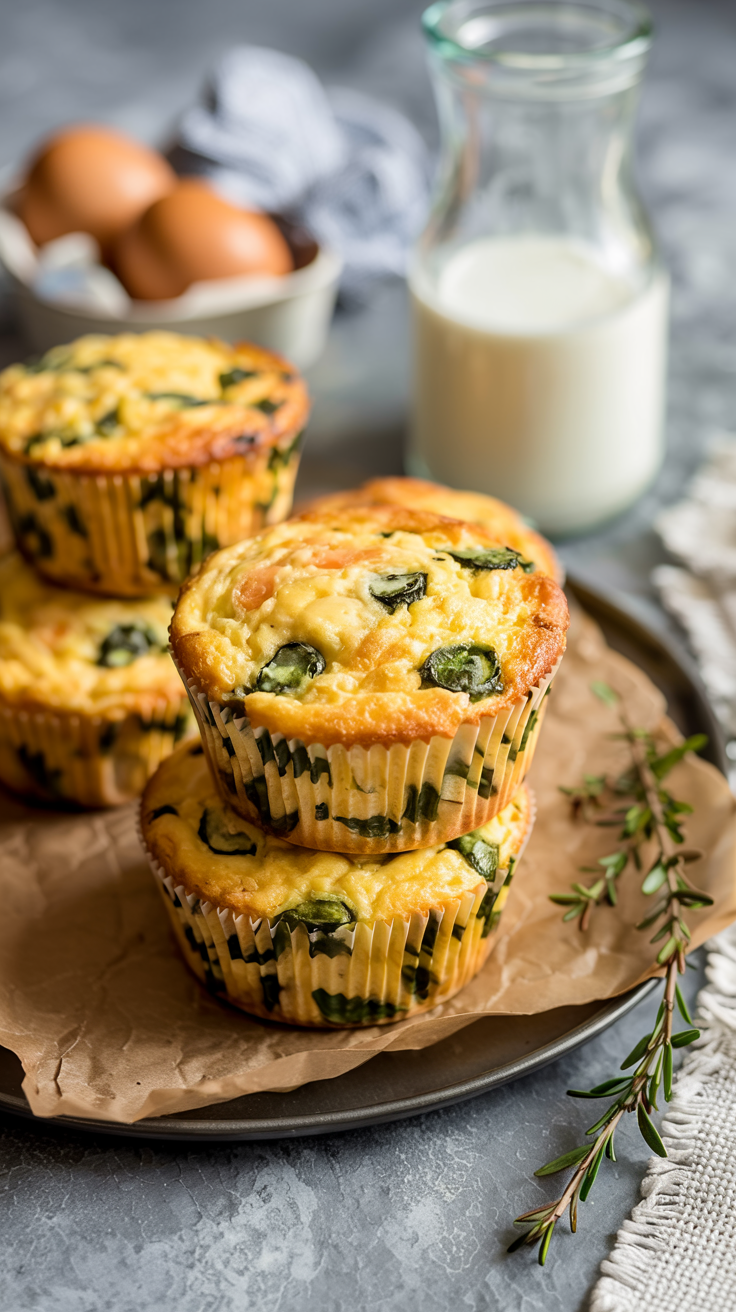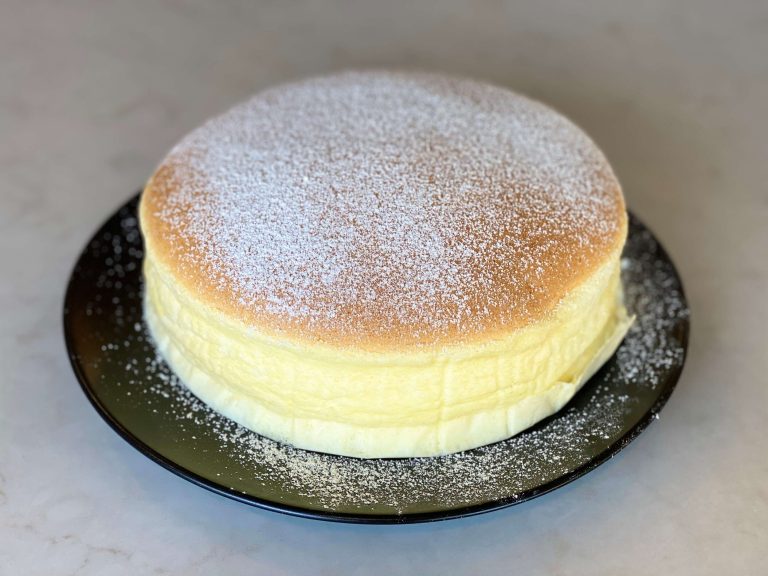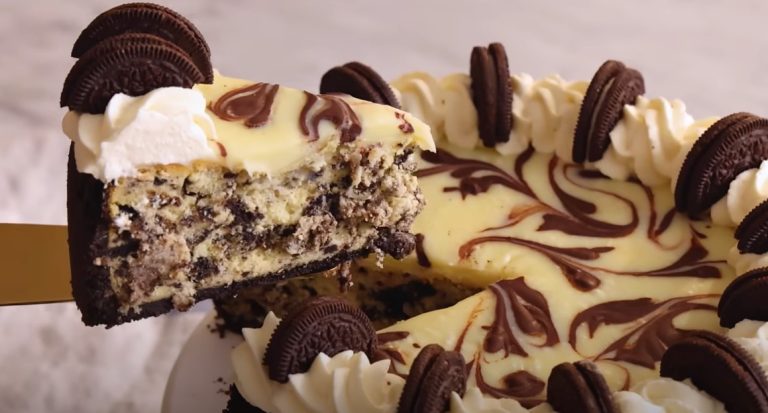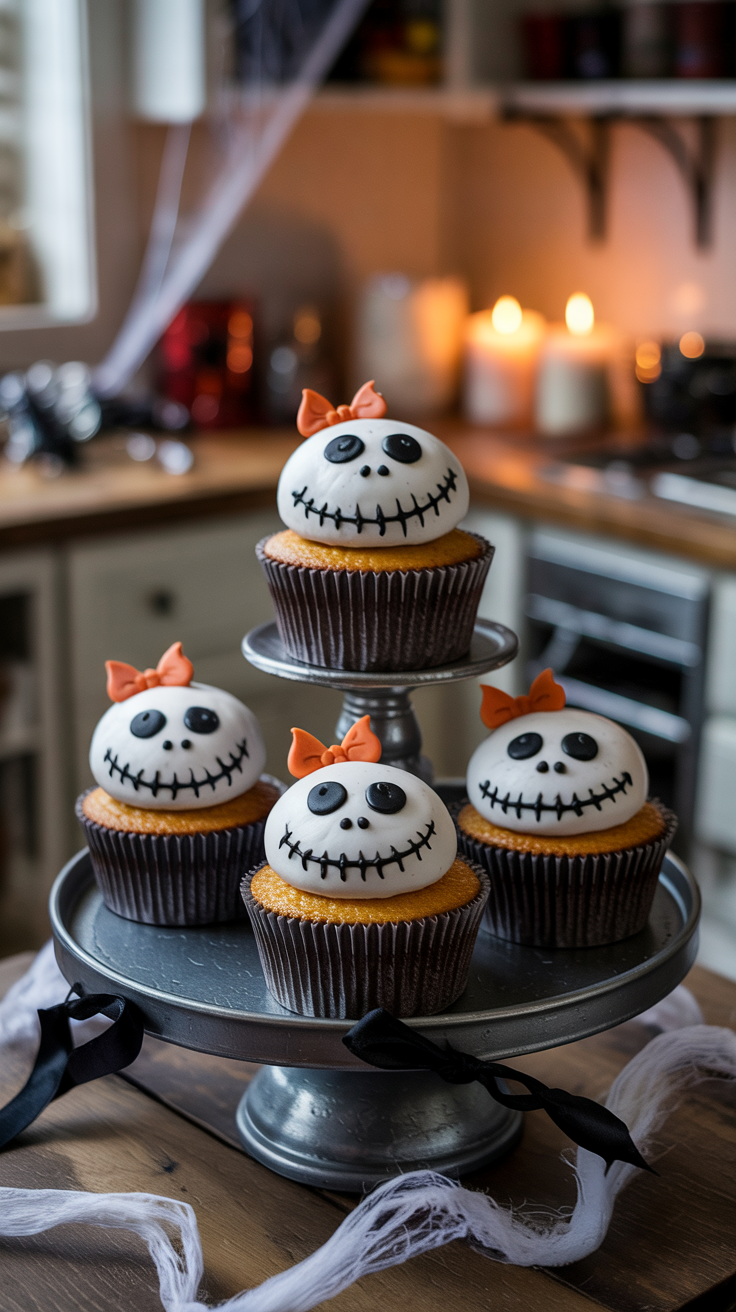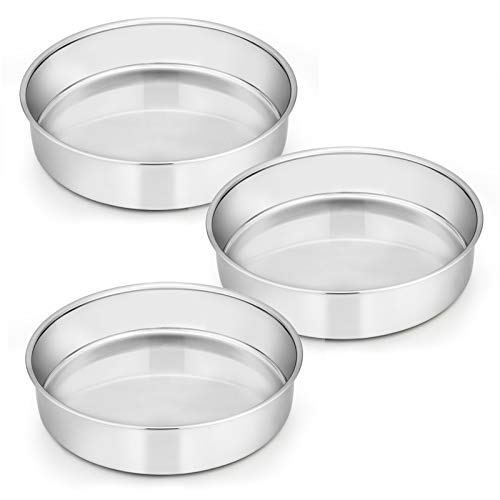Philadelphia Cream Cheese Frosting for Carrot Cake: The Perfect Match for Carrot Cake Bliss
Carrot cake deserves a frosting that feels rich, smooth, and slightly tangy. Philadelphia cream cheese frosting for carrot cake brings that magic touch, turning every bite into a dreamy experience. The silky texture melts beautifully over the spiced layers of carrot cake, adding a balance that feels just right. Sweetness pairs with a hint of sharpness, creating a flavor that keeps everyone coming back for seconds.
The secret lies in using high-quality cream cheese, fresh butter, a splash of vanilla, and just enough powdered sugar to keep things luscious without being overly sweet. This frosting spreads easily, making decorating your carrot cake a simple joy instead of a chore. One spoonful will show exactly why Philadelphia stands out from the rest. Homemade carrot cake with this frosting becomes more than dessert—it becomes the centerpiece of the table. Prepare for compliments, requests for seconds, and an empty cake stand by the end of the night.
Ingredients Of Philadelphia Cream Cheese Frosting for Carrot Cake
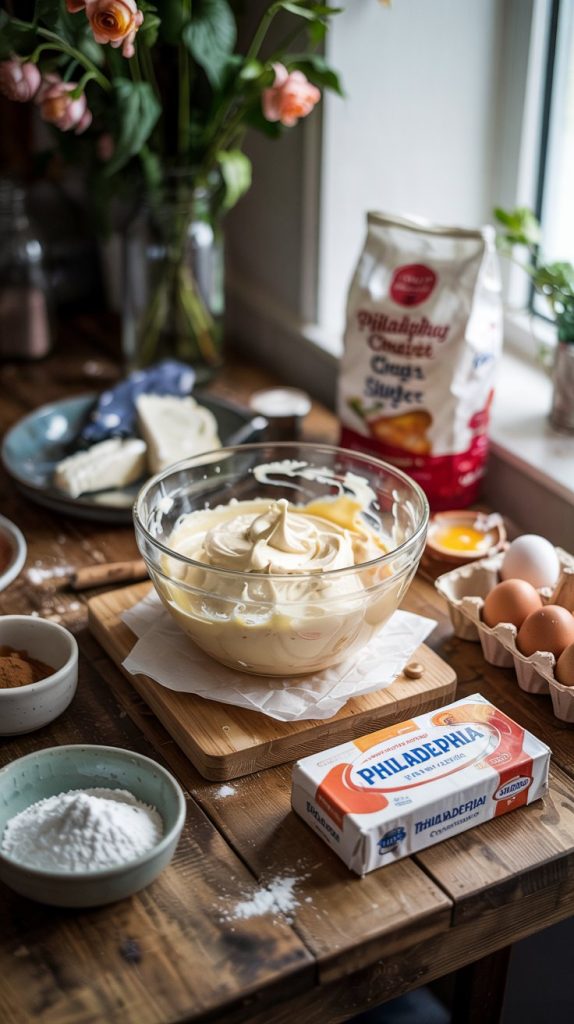
A flawless Philadelphia cream cheese frosting starts with a few simple but essential ingredients. Each one plays an important role in creating that creamy, tangy flavor that pairs so perfectly with carrot cake. Using fresh, high-quality products makes a big difference in both taste and texture. Here’s everything you’ll need to whip up this classic frosting:
- 8 oz Philadelphia cream cheese (softened)
- ½ cup unsalted butter (softened)
- 2 cups powdered sugar (sifted)
- 1 teaspoon pure vanilla extract
- Pinch of salt (optional, to balance sweetness)
Every ingredient brings something special to the table. The cream cheese adds richness, the butter gives it a silky finish, and the vanilla ties everything together with a warm, sweet aroma. Make sure the cream cheese and butter are softened to room temperature to achieve the smoothest, most luscious frosting possible.
Equipment Needed
A smooth and dreamy cream cheese frosting starts with the right tools. Even the best ingredients need a little help to come together flawlessly. To get that perfect consistency—light, fluffy, and easy to spread—you’ll want to have these basic kitchen essentials ready. These tools help reduce mixing time, prevent lumps, and make cleanup a breeze.
Here’s what you’ll need:
- Electric hand mixer or stand mixer with paddle attachment
- Large mixing bowl (preferably glass or stainless steel)
- Silicone spatula for scraping the bowl
- Measuring cups and spoons
- Fine mesh sieve (for sifting powdered sugar, optional but helpful)
- Offset spatula or butter knife (for smooth spreading)
- Airtight container (for storing leftover frosting)
Got all these ready? You’re already halfway to frosting success. Want me to add tips for storage or make-ahead options too?
Step By Step Guide
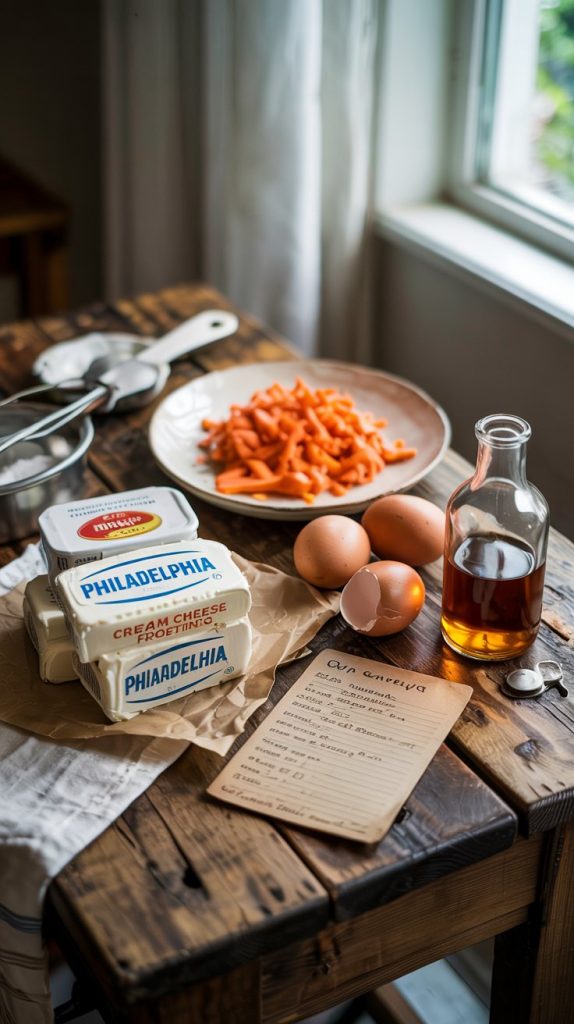
Step 1: Bring Cream Cheese and Butter to Room Temperature
Soft cream cheese and butter blend more smoothly and evenly. Cold ingredients can cause lumps and make the frosting harder to whip. Set out both the Philadelphia cream cheese and unsalted butter about 30–60 minutes before starting. They should feel soft when pressed but not melted.
Step 2: Sift the Powdered Sugar
Sifting powdered sugar helps avoid clumps and gives the frosting a silky finish. Use a fine mesh sieve or a sifter to process 3 to 4 cups of powdered sugar into a large bowl. This step is optional but worth the effort for smooth results.
Step 3: Beat the Butter Until Creamy
Place the softened butter into a large mixing bowl. Use a stand mixer with the paddle attachment or a hand mixer on medium speed. Beat the butter for about 2 minutes until it turns pale and creamy. Scrape down the sides of the bowl to ensure even mixing.
Step 4: Add the Cream Cheese
Add the softened Philadelphia cream cheese to the whipped butter. Beat on medium speed for another 2 to 3 minutes until fully blended. The mixture should look fluffy and light, with no visible chunks. Make sure to scrape down the bowl again to catch anything sticking.
Step 5: Mix in the Vanilla Extract
Pour in 1 to 1½ teaspoons of pure vanilla extract. Beat on low for about 30 seconds, just until the vanilla is fully incorporated. This adds a layer of warmth and sweetness that pairs beautifully with both the frosting and carrot cake.
Step 6: Gradually Add the Powdered Sugar
With the mixer on low speed, slowly add the sifted powdered sugar, about ½ cup at a time. Mix gently to prevent sugar clouds, then increase the speed as the sugar begins to blend. Pause occasionally to scrape down the sides of the bowl for a uniform texture.
Step 7: Adjust Consistency If Needed
Check the frosting’s consistency. For thicker frosting (ideal for piping or layer cakes), add more powdered sugar, a few tablespoons at a time. For a softer, more spreadable texture, add a teaspoon of milk or heavy cream. Mix again until smooth.
Step 8: Beat Until Light and Fluffy
Once all ingredients are added, increase the mixer to medium-high speed. Whip the frosting for 2 to 3 minutes until it becomes airy, glossy, and light. The texture should hold its shape on a spatula but still spread easily across a cake.
Step 9: Chill the Frosting (Optional)
If the frosting feels too soft or if you’re decorating in a warm kitchen, refrigerate it for 15–20 minutes. Chilling firms up the texture slightly, making it easier to pipe or spread cleanly. Cover the bowl with plastic wrap to prevent it from drying out.
Step 10: Frost the Carrot Cake
Spread a generous layer of frosting over your cooled carrot cake using an offset spatula or butter knife. For layered cakes, start with a thin crumb coat before adding the final layer of frosting. Smooth it out or go rustic—either way, it will taste amazing.
Serving and Presentation
A beautifully frosted carrot cake deserves thoughtful serving and presentation. Once the frosting sets and the cake is ready, the final touches can turn your dessert into the highlight of any gathering. Start by placing the cake on a clean, flat cake stand or serving plate. A white or wooden base lets the creamy frosting and rustic carrot cake shine. For a classic look, smooth the frosting evenly across the top and sides, or leave soft swirls for a more homemade charm.
You can also decorate the top with a few elegant touches. Add crushed walnuts, whole pecans, or finely chopped toasted coconut around the edges. Sprinkle a little cinnamon or nutmeg for extra warmth. For special occasions, pipe small rosettes or dollops around the edges using a star tip.
Serving Tips:
- Chill the frosted cake for 30 minutes before slicing for cleaner cuts
- Use a sharp, serrated knife dipped in hot water for neat slices
- Serve each slice with a dollop of whipped cream or a scoop of vanilla ice cream
- Garnish plates with grated carrot curls or a drizzle of caramel for a gourmet touch
FAQs
1. How can I make Philadelphia cream cheese frosting less sweet?
To reduce the sweetness, cut back on the powdered sugar by about ¼ cup. You can also add a pinch of salt to balance the flavors and give the frosting a slightly savory twist. Adjusting the vanilla extract can also help tone down the sweetness.
2. Can I make this frosting ahead of time?
Yes, you can make the frosting up to 2 days ahead. Store it in an airtight container in the fridge. Before using, allow it to come to room temperature and give it a quick whip to restore its creamy texture.
3. Is it necessary to use unsalted butter in the frosting?
Yes, using unsalted butter gives you full control over the flavor. Salted butter can make the frosting too salty, especially when combined with the tanginess of the cream cheese. Stick with unsalted for the best results.
4. Can I use a different brand of cream cheese?
Philadelphia cream cheese is known for its smooth texture and flavor, which is why it’s recommended for frosting. Other brands can work, but they may yield different results in terms of texture or taste. If using a different brand, ensure it’s a full-fat variety for the best consistency.
5. How can I prevent lumps in my frosting?
Ensure both the cream cheese and butter are at room temperature before mixing. Cold ingredients can cause the frosting to be lumpy. Also, sifting the powdered sugar before adding it helps eliminate any clumps in the mixture.
Conclusion
Philadelphia cream cheese frosting takes carrot cake to a whole new level with its creamy, tangy, and just-sweet-enough flavor. The texture is smooth and fluffy, making it easy to spread and decorate your cake beautifully. Whether you’re preparing a homemade carrot cake for a family gathering or a special occasion, this frosting ensures each slice is a delightful experience. With a few simple ingredients and easy steps, you can create the perfect frosting to complement your cake’s spiced layers. Try it out, and enjoy the compliments that are sure to follow!
Related Recipes

